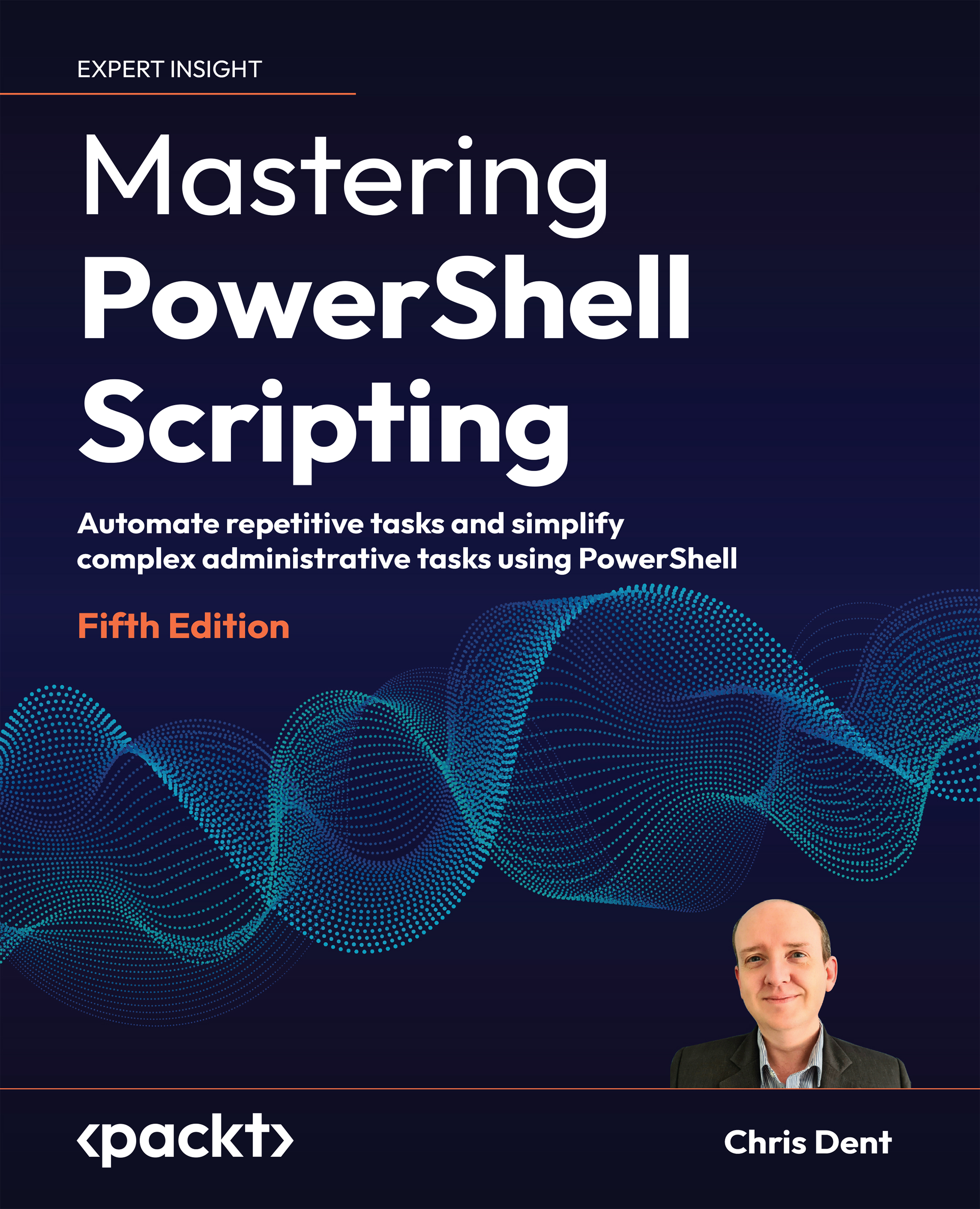Pradeeban Kathiravelu is an open source evangelist. He is a Ph.D. researcher at INESC-ID Lisboa/Instituto Superior Tecnico, Universidade de Lisboa, Portugal, and Universite Catholique de Louvain, Belgium. He is a Fellow of Erasmus Mundus Joint Degree in Distributed Computing (EMJD-DC), researching a software-defined approach to quality of service and data quality in multi-tenant clouds. Pradeeban holds a master of science degree, Erasmus Mundus European Master in Distributed Computing (EMDC), from Instituto Superior Tecnico, Portugal and KTH Royal Institute of Technology, Sweden. He also holds a first class bachelor of science in engineering (Hons) degree, majoring in computer science and engineering, from the University of Moratuwa, Sri Lanka. His research interests include Software-Defined Networking (SDN), distributed systems, cloud computing, web services, big data in biomedical informatics, Network Functions Virtualizations (NFV), and data mining. He is very interested in free and open source software development and has been an active participant in the Google Summer of Code (GSoC) program since 2009, as a student and as a mentor. Pradeeban has published several conference papers and co-authored a few book chapters. He has also worked on OpenDaylight Cookbook and Learning OpenDaylight as a technical reviewer. Python Network Programming Cookbook, Second Edition (2017) is his first book as an author, and he is quite excited about it.
Read more
 United States
United States
 Great Britain
Great Britain
 India
India
 Germany
Germany
 France
France
 Canada
Canada
 Russia
Russia
 Spain
Spain
 Brazil
Brazil
 Australia
Australia
 Singapore
Singapore
 Canary Islands
Canary Islands
 Hungary
Hungary
 Ukraine
Ukraine
 Luxembourg
Luxembourg
 Estonia
Estonia
 Lithuania
Lithuania
 South Korea
South Korea
 Turkey
Turkey
 Switzerland
Switzerland
 Colombia
Colombia
 Taiwan
Taiwan
 Chile
Chile
 Norway
Norway
 Ecuador
Ecuador
 Indonesia
Indonesia
 New Zealand
New Zealand
 Cyprus
Cyprus
 Denmark
Denmark
 Finland
Finland
 Poland
Poland
 Malta
Malta
 Czechia
Czechia
 Austria
Austria
 Sweden
Sweden
 Italy
Italy
 Egypt
Egypt
 Belgium
Belgium
 Portugal
Portugal
 Slovenia
Slovenia
 Ireland
Ireland
 Romania
Romania
 Greece
Greece
 Argentina
Argentina
 Netherlands
Netherlands
 Bulgaria
Bulgaria
 Latvia
Latvia
 South Africa
South Africa
 Malaysia
Malaysia
 Japan
Japan
 Slovakia
Slovakia
 Philippines
Philippines
 Mexico
Mexico
 Thailand
Thailand














